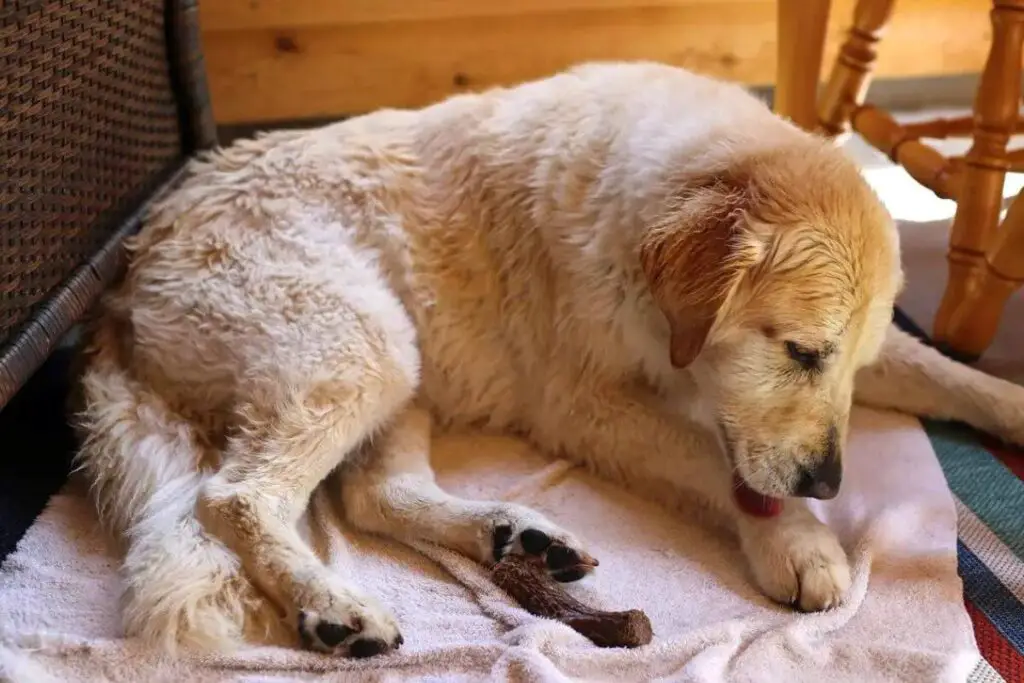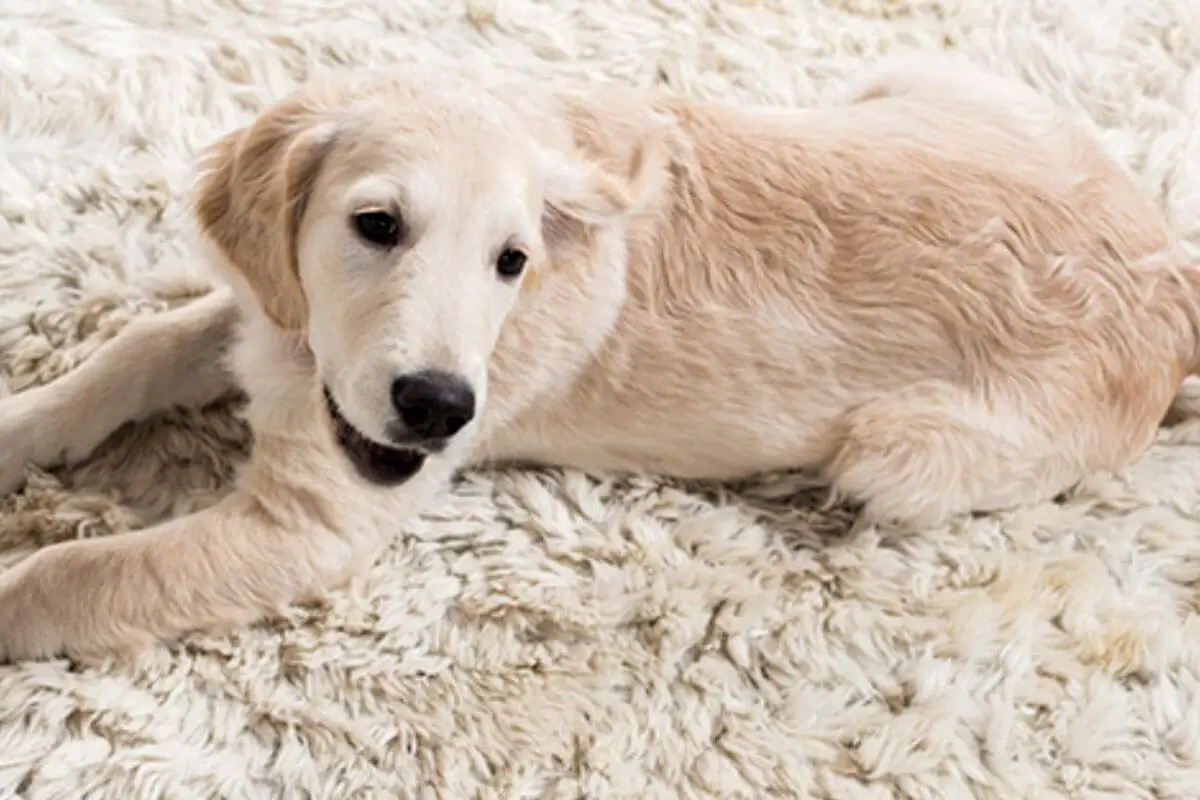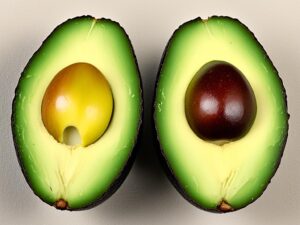For dog owners, bath time can be a mixed bag of emotions. On one hand, you’ve successfully cleaned your furry friend, and they’re looking and smelling fresh. On the other hand, you might notice that right after their bath, they start to vigorously lick themselves. This behavior can be a bit perplexing, and you may find yourself wondering why dogs engage in this quirky post-bath ritual. Let’s dive into the fascinating world of canine behavior and explore the reasons behind this unusual habit.
1. Scent and Identity:
Dogs have a remarkable sense of smell, and they rely on their olfactory senses to navigate the world. When a dog is bathed, their natural scent is washed away, along with any residual scents they’ve picked up from the environment. By licking themselves, they might be attempting to spread their saliva, which contains a certain scent unique to them. This helps them reestablish their identity and familiarize themselves with their ‘new’ scent.
2. Stress Relief:
Just like humans might engage in behaviors like nail-biting or hair-twirling when stressed, dogs may lick themselves as a form of stress relief. Bath time can be stressful for some dogs, particularly if they aren’t accustomed to it or had a negative past experience. Licking provides a self-soothing mechanism, akin to a stress ball for humans.
Chewing on Objects
One common quirky habit is chewing on objects. This may involve gnawing on toys, bones, or even your furniture. This behavior helps release pent-up energy and stress.
Tail Chasing
Tail chasing is another peculiar habit. While it may seem amusing, it’s a sign of stress in some dogs. It serves as a distraction and a way to release nervous energy.
Howling and Singing
Some dogs resort to howling or singing when they are anxious. This vocalization can be therapeutic for them, and it can also serve as a way to communicate their stress to their human companions.
Digging
Digging holes in the backyard may appear destructive, but it’s often a stress-relief habit. Dogs dig to alleviate anxiety and find comfort in the repetitive action.
Playful Behavior
Engaging in playful behavior, such as zoomies and goofy antics, is a positive way for dogs to release stress. It’s their way of coping with anxiety and tension.
The Science Behind These Quirky Habits
Endorphins Release
These quirky habits trigger the release of endorphins in dogs. Endorphins are natural mood enhancers, providing a sense of happiness and relaxation, which helps reduce stress.
Reducing Cortisol Levels
Engaging in these behaviors also helps lower the levels of cortisol, the stress hormone. This hormonal balance is essential for a dog’s overall well-being.
3. Itchiness and Discomfort:
Bath products, even those formulated for dogs, can sometimes cause mild skin irritation or itchiness. When dogs feel uncomfortable or itchy after a bath, they might instinctively lick the affected areas. This behavior helps alleviate the discomfort they’re experiencing.
4. Drying Off:
When a dog licks its fur after a bath, it’s akin to a self-drying technique. Licking helps remove excess water and moisture from their fur. Some dogs may also lick their paws and legs, which tend to trap more water, to expedite the drying process.
5. Taste and Texture:
Dogs have a keen sense of taste, and they might find the taste and texture of their freshly bathed fur intriguing. The residue of pet shampoos and conditioners may linger on their fur, and they might be licking themselves to explore this new sensory experience.
6. Habitual Behavior:
Dogs are creatures of habit. If they’ve formed a routine of licking themselves post-bath, it can become a learned behavior. They may associate bath time with this licking ritual, even if there’s no specific reason for it.
7. Social Behavior:
Dogs are known for their social nature and often look to other pack members for cues. If your dog sees you grooming yourself, they may mimic this behavior, translating it into post-bath licking.
8. Medical Conditions:
In some cases, excessive licking after a bath can be a sign of an underlying medical issue, such as allergies, skin infections, or dermatitis. If your dog’s post-bath licking seems compulsive or persistent, it’s advisable to consult with a veterinarian to rule out any medical concerns.
Understanding why dogs lick themselves after a bath involves recognizing the complex interplay of sensory, behavioral, and environmental factors. While this post-bath behavior may seem peculiar, it’s typically harmless and often a blend of instinct, comfort, and social interaction. As a responsible dog owner, observing your pet’s behavior and ensuring their comfort and well-being should always be a top priority.
Managing Post-Bath Licking
Now that we’ve delved into the various reasons why dogs might engage in post-bath licking, it’s essential to understand how to manage this behavior effectively and ensure your furry friend remains happy and healthy.
1. Monitor the Licking:
Keep an eye on your dog’s post-bath licking behavior. Occasional licking to self-dry or explore new scents is normal. However, if it becomes excessive, frequent, or compulsive, it’s time to take action.

2. Ensure Comfortable Bathing:
Make bath time as comfortable as possible for your dog. Use lukewarm water, gentle shampoos designed for dogs, and be as gentle as you can during the bathing process. Reducing stress during baths can minimize post-bath licking.
3. Address Underlying Issues:
If your dog’s post-bath licking seems to be driven by itchiness or skin irritation, consult with a veterinarian. They can diagnose and treat any underlying medical conditions that might be contributing to the behavior.
4. Distraction and Positive Reinforcement:
After a bath, engage your dog in fun and positive activities that can help divert their attention away from licking. Play with their favorite toys, go for a walk, or offer them a special treat. Positive reinforcement can help break the post-bath licking habit.
5. Use a Bathrobe or Towel:
To expedite the drying process and prevent excessive licking, wrap your dog in a soft, absorbent towel or bathrobe after the bath. This can help absorb excess moisture and minimize the need for self-drying.
6. Desensitization:
If your dog’s post-bath licking is habitual, consider desensitizing them to the behavior. You can do this by gradually exposing them to bath-related stimuli and reinforcing calm and non-licking behavior with rewards.
7. Seek Professional Guidance:
If post-bath licking becomes a persistent issue that impacts your dog’s well-being, consider seeking advice from a professional dog trainer or behaviorist. They can help implement strategies to modify the behavior effectively.
8. Patience and Understanding:
Remember that dogs have their quirks, and some post-bath licking may simply be a part of their unique character. Be patient and understanding, and always prioritize your dog’s comfort and happiness.
In most cases, post-bath licking is a harmless and natural behavior. By understanding the underlying reasons and taking appropriate measures, you can ensure that your dog’s post-bath experience is comfortable and enjoyable. It’s just one of the many ways you can care for and bond with your loyal canine companion.
FAQs
Certainly, here are some frequently asked questions (FAQs) related to why dogs lick themselves after a bath:
Why do dogs lick themselves after a bath?
Dogs lick themselves after a bath for various reasons, including drying off, self-soothing, exploring new scents, and addressing discomfort. It can be a combination of instinctual, sensory, and behavioral factors.
Is post-bath licking normal for dogs?
Yes, post-bath licking is normal to some extent. Dogs may lick themselves to dry off, but it becomes a concern when the behavior is excessive, compulsive, or driven by underlying issues.
How can I minimize post-bath licking?
To minimize post-bath licking, ensure a comfortable bathing experience, address any skin issues that may cause itching, engage your dog in positive activities post-bath, and use a towel or bathrobe to help with drying.
When should I be concerned about post-bath licking?
If post-bath licking becomes excessive, persistent, or compulsive, it’s a cause for concern. This may indicate underlying medical issues or stress, and you should consult a veterinarian or professional dog trainer for guidance.
Is it safe for my dog to ingest shampoo or soap during post-bath licking?
Ingesting small amounts of pet shampoo during post-bath licking is typically not harmful. However, it’s best to rinse your dog thoroughly to minimize the risk. If your dog ingests a large quantity, contact a veterinarian.
Can post-bath licking be a sign of allergies or skin conditions?
Yes, post-bath licking can be a sign of allergies or skin conditions. If the licking is accompanied by signs of skin irritation, redness, or discomfort, consult a veterinarian for a thorough evaluation.
What can I do to make bath time less stressful for my dog?
To make bath time less stressful, use gentle bathing products, maintain a calm and soothing environment, and offer treats or rewards to create positive associations with baths.
Are there any behavioral training methods to prevent post-bath licking?
Yes, behavioral training methods, such as desensitization and positive reinforcement, can be used to prevent post-bath licking. Professional dog trainers can provide guidance on implementing these techniques.
Remember that each dog is unique, and the extent of post-bath licking can vary. Observing your dog’s behavior and taking appropriate steps to ensure their comfort is essential in maintaining their well-being.



